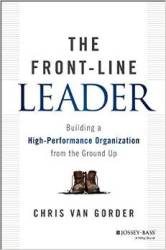One of the challenges for HR pros is not necessarily gathering data. We’re pretty good at that, since we have access to recruiting, benefits, and a host of other business practices. The hardest thing many people have trouble with is actually in the delivery. How can I share this data so others understand? What can I do to get people to pay attention to this critical business area? Why doesn’t this data get the same treatment as that coming from finance or marketing?
Today I’m going to share a short video with you that is going to change how you share data internally. It involves you crafting a story around the information to make it compelling. In the video I talk about a friend who, years ago, was writing some of the greatest content I had ever seen. I asked him why he was not using some of the concepts to make it more Google-friendly so that other people could find the content, and he protested that he was not simply “writing for Google’s sake.” I asked if he thought his content was helping people, and he agreed that it was. So I simply told him that if he wanted to reach more people and help more people, he could add in some small tweaks to his work to help the search engines pick up his content and deliver even more people to his site. Ultimately he would be helping many more individuals that way.
This is the same concept. If you can wrap your data and information in a story, you are going to reach and help more people. Enough talk, here’s the video.
If this was helpful for you, I have two other posts in my HR data series:
Do you tell stories when it comes to sharing data or interacting with others? Would you be interested in learning how to create stories that engage and educate others?Â

 Employee communications are dominated by email
Employee communications are dominated by email